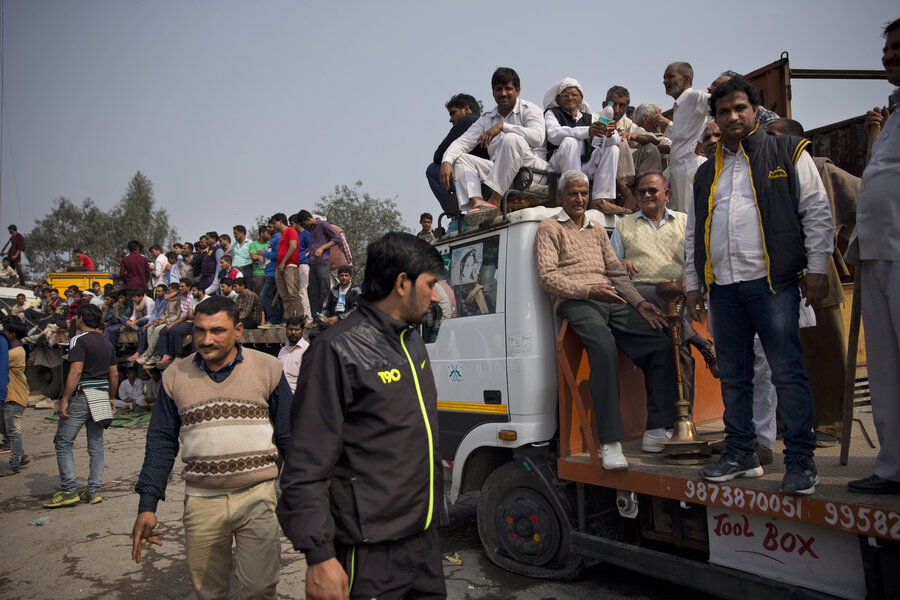Six dead in protests for caste benefits in northern India
Loading...
| NEW DELHI
Hundreds of army and paramilitary soldiers on Saturday tried to quell protests by angry mobs demanding government benefits in a northern Indian state, with at least six people killed in clashes between security forces and protesters, officials said.
The violence raged for a second straight day, as protesters burned several railroad stations and attacked shops and vehicles in several towns in Haryana state, said police officer Y.P. Singhal.
Protesters also blocked highways linking New Delhi to key northern cities, he said, adding that authorities ordered police to fire without warning at those instigating violence.
The protesters are members of the lower-caste Jat agricultural community, who are demanding benefits both at the federal and state levels, including guaranteed government jobs or university spots. Talks Friday between community leaders and state government representatives failed to lead to an agreement.
Authorities used helicopters to bring in army soldiers to the worst-hit districts of Rohtak, Bhiwani and Jhajjar, where curfews were in place, Singhal said. Five more towns were put under curfew later Saturday to prevent the violence from spreading.
Four people were killed in clashes between security forces and protesters, said Federal Rural Development Minister Chaudhary Birender Singh. Police said at least 78 other people have been injured since Friday.
The Press Trust of India news agency quoted a Haryana state government statement as saying that two more protesters were killed when security forces fired at them at they tried to torch some vehicles and shops in the state.
The statement said the protesters also fired at security forces and attacked them with sticks and stones on Saturday.
Press Trust said five protesters were fatally shot by security forces on Saturday and one on Friday.
India's constitution includes a system of affirmative action for people in the lowest castes to help them overcome discrimination. The government has expanded the number of groups, including the Jat, qualifying for quotas.







